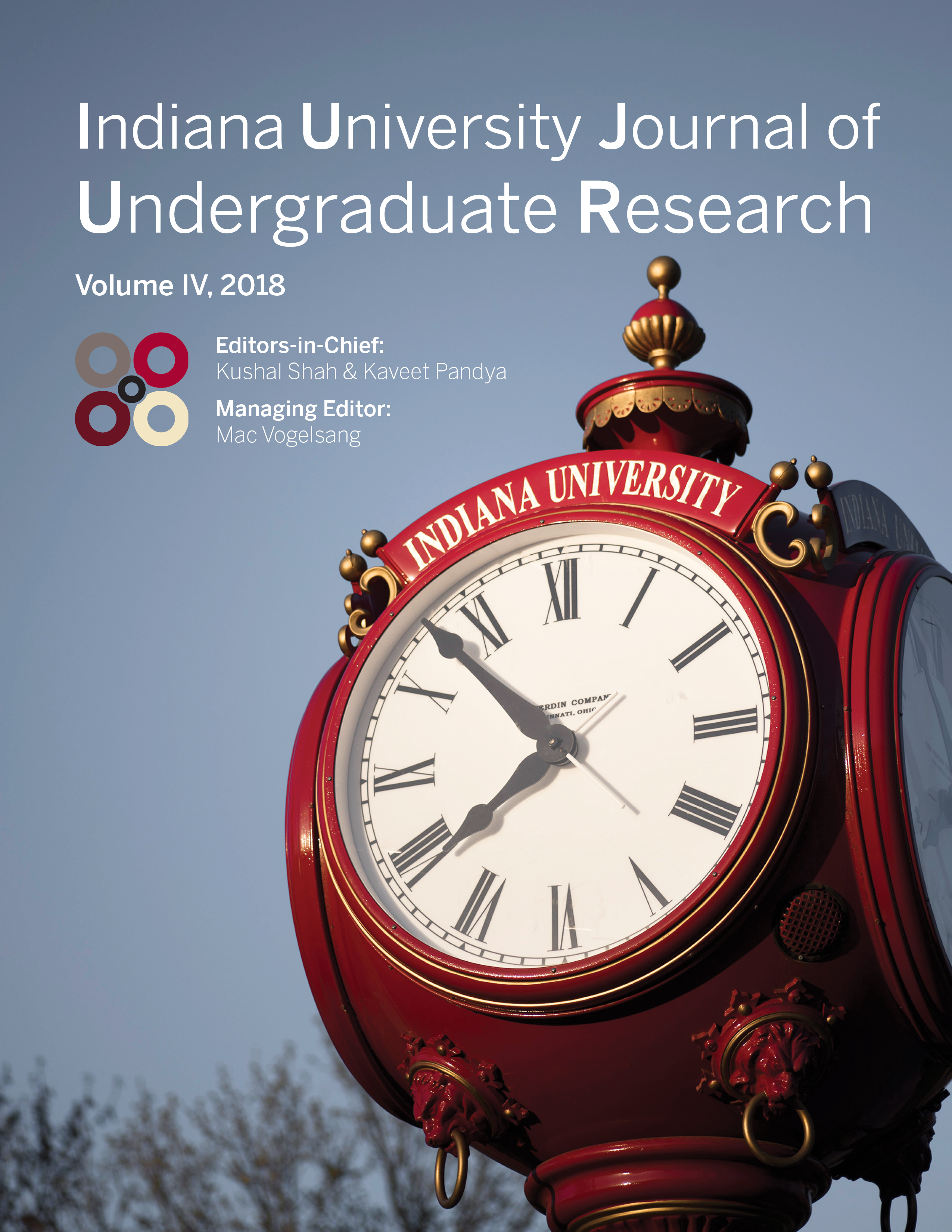Influence of Cognitive Engagement on Temptation and Decision Making
Main Article Content
Abstract
The purpose of this study is to determine students’ heightened susceptibility to temptation when cognitively engaged. Cognitively straining tasks require considerable focus, which inhibits the brain from the ability to effectively multi-task (Molfese et al., 2006). This may reduce the capacity for executive control during such engagement. This hypothesis was evaluated by offering participants an unhealthy (chocolate) or healthy (celery) food option during a memorization task (experimental group) or following a memorization task (control group). In the experimental group, students are cognitively engaged at the moment of the choice. This allows for the study to compare decision-making between the experimental and control group. Participants required to make a decision while actively participating in the memorization task chose the chocolate option significantly more often than participants who were offered the food after they had disengaged from the cognitive strain. This study could provide insight into how susceptible to temptation students are while under mental strain. It was hypothesized that as students are participating in a cognitively engaging task similar to studying, they will be more susceptible to choosing an unhealthy sugary snack rather than a healthier option. The data supported the idea that students who are cognitively engaged will be more susceptible to this temptation.
Downloads
Article Details
Authors who publish with this journal agree to the following terms:
- Ownership of the copyright shall remain with the Author, subject to IUJUR’s use and the rights granted by the Creative Commons license assigned by the Author. A Creative Commons Attribution-NonCommercial 4.0 International (CC BY-NC 4.0) license will be applied to the published work unless otherwise indicated in the Student Author Contract. The CC BY-NC 4.0 license (https://creativecommons.org/licenses/by-nc/4.0/) lets others remix, tweak, and build upon the published Work non-commercially, and although the new works must also acknowledge the original IUJUR publication and be noncommercial, they don’t have to license their derivative works on the same terms.Authors are able to enter into separate, additional contractual arrangements for the non-exclusive distribution of the journal's published version of the work (e.g., post it to an institutional repository or publish it in a book), with an acknowledgement of its initial publication in this journal.
- Authors are permitted and encouraged to post their work online (e.g., in institutional repositories or on their website) prior to and during the submission process, as it can lead to productive exchanges, as well as earlier and greater citation of published work (See The Effect of Open Access).
References
Danziger, S., Levav, J., & Avnaim-Pesso, L. (2011). Extraneous factors in judicial decisions. Proceedings of the National Academy of Sciences, 108(17), 6889-6892.
Hammonds, F., & Mariano, G. (2015). Student Test Grades in College: A Study of Possible Predictors. International Journal of Teaching and Learning in Higher Education, 27(1), 114-118.
Illahi, B. Y., & Khandai, H. (2015). Academic Achievements and Study Habits of College Students of District Pulwama. Journal Of Education And Practice, 6(31), 1-6.
Molfese, D., Key, A., Kelly, S., Cunningham, N., Terrel, S., Ferguson, M., & ... Bonebright, T. (2006). Below-average, average, and above-average readers engage different and similar brain regions while reading. Journal Of Learning Disabilities, 39(4), 352-363.
Molteni, R., Barnard, R. J., Ying, Z., Roberts, C. K., & Gomez-Pinilla, F. (2002). A high-fat, refined sugar diet reduces hippocampal brain-derived neurotrophic factor, neuronal plasticity, and learning. PubMed, 112(4), 803-814.
Murray S., Tulloch, A., Criscitelli, K., & Avena, N. M. (2016). Review: Recent studies of the effects of sugars on brain systems involved in energy balance and reward: Relevance to low calorie sweeteners. Physiology & Behavior, 164(B), 504-508.

